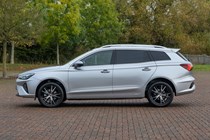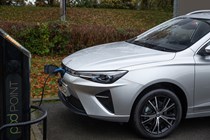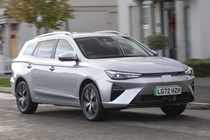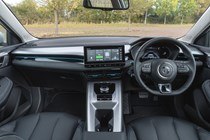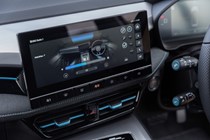
MG MG5 EV engines, drive and performance
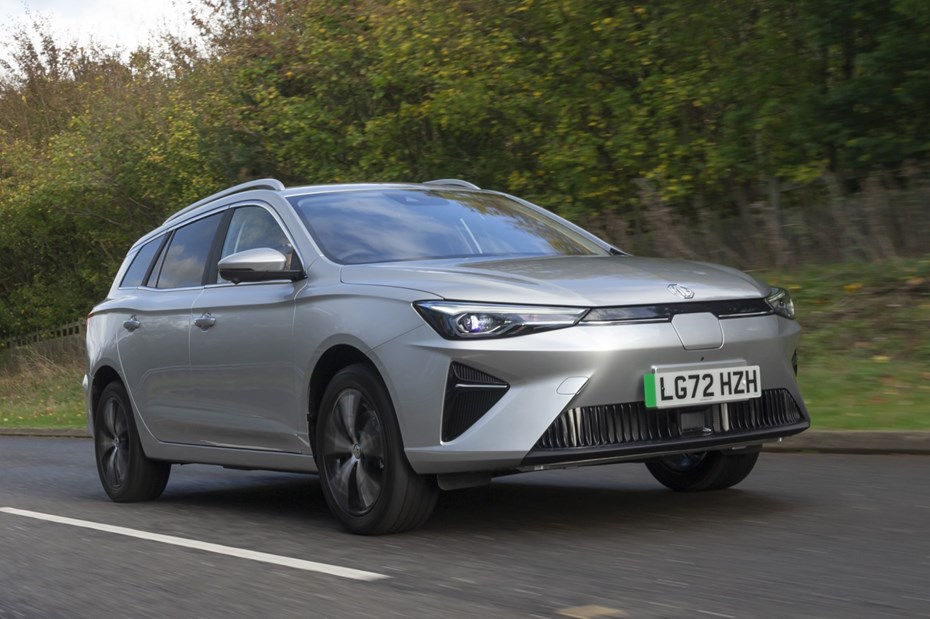
- One electric motor in a single power output
- Sprightly performance off the mark
- Copes happily with motorways, unlike some EVs
What power options are there?
Simplicity is a hallmark of the MG 5 EV range, something further reinforced by the single electric motor option. Whichever trim level you choose, you will be propelled by an electric motor that sends power to the front wheels via a single-speed automatic transmission.
Due to the way electric cars produce their pulling power from the moment you accelerate, one gear is sufficient. The MG serves up 280Nm of torque reflected in a 0-60mph time of 7.7 seconds. It certainly feels sprightly – if anything, a little too sprightly, as the skinny front tyres are only too happy to spin up if you’re too liberal with your right foot.
Maximum power is 156hp, with the top speed being quoted at 115mph. That’s plenty in a car of this type, and the MG 5 doesn’t feel as though it struggles at the legal limit like some smaller EVs can.

What’s it like to drive?
- Enjoyable on twistier roads
- Composed body movements
- Front tyres struggle with power
Motorway and urban jaunts are safe and unremarkable, the MG remaining hushed and composed throughout, but venture off onto a windy B-road – you know, as you might have done an MG of old – and the 5 feels full of beans.
It steers true to the line you demand of it around bends. There isn’t an enormous amount of feedback through the wheel itself, but it weights-up sufficiently for reassurance. Bodyroll is well-contained, with the 5 remaining impressively flat, while undulations in the road are also dealt with very effectively. Though rear-wheel drive EVs, such as MG’s own 4 or the Kia EV6, are nicer to drive, the 5 feels surprisingly well-sorted for a car of its type.
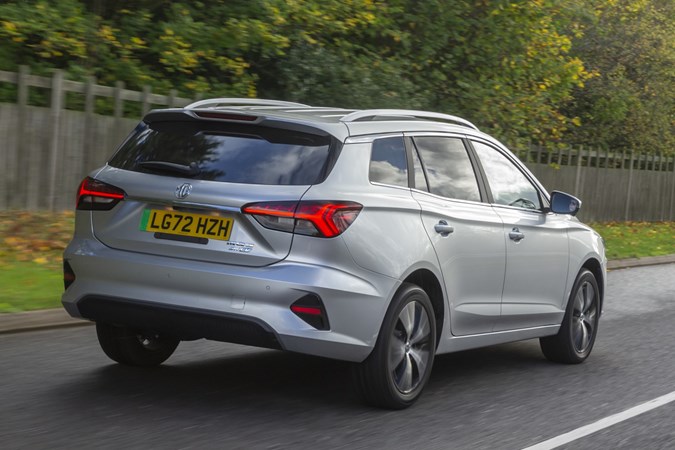
MG also offers a choice of driving modes – with ‘Sport’ heightening the responses from the accelerator, ‘Eco’ dulling them, and ‘Comfort’ providing the best mix of both. In addition to these driving modes, you can also vary what’s labelled as KERS. This is a term applied to Formula 1 cars with a Kinetic Energy Recovery System – a nerdy sounding way of describing how energy created by slowing down is used to recharge the batteries.
Flicking the button back and forth allows you to alter this degree of retardation when you lift off the accelerator, varying from none at all to quite a lot. The more it’s increased the less you have to brake the car in a conventional sense.



